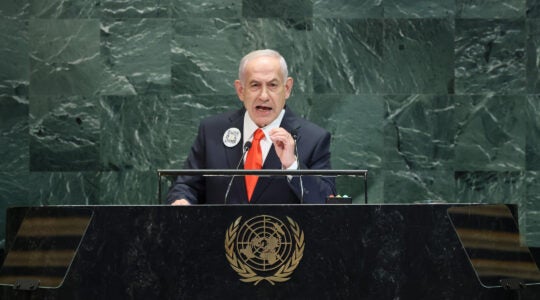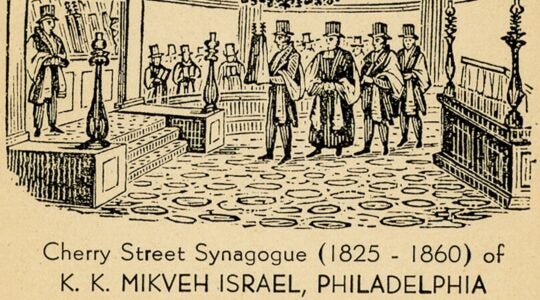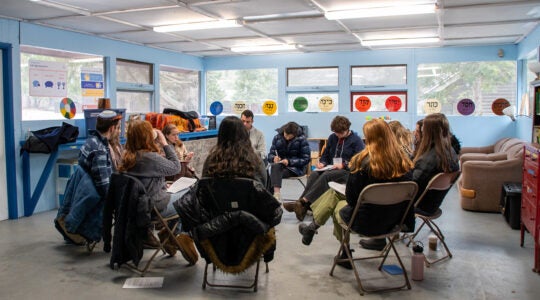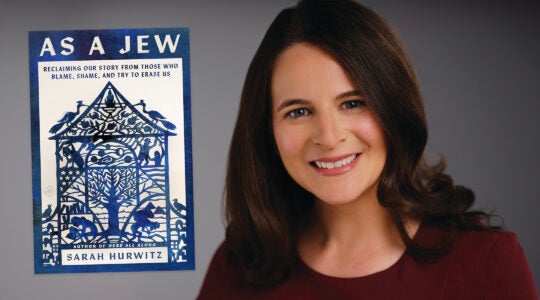An initiative inviting 100 rabbis to deliver sermons about the Women of the Wall this High Holiday Season has enlisted dozens of rabbis. Although I understand why it is irresistible, I am not impressed.
Bashing Israel in front of liberal American Jews for oppressing women religiously usually descends into cheap demagoguery. It often invites ridiculous analogies invoking Rosa Parks and Martin Luther King, Jr. – although comparing this intercommunal conflict in a country with equal rights for women to the oppression blacks experienced in the South diminishes the courage King and Parks needed. Such simplistic sermons, shortchanging complex Israeli realities, rile the congregants, making them feel self-righteous as they condescendingly pass judgment rather than challenging them to engage in the prescribed seasonal soul-searching.
I write as someone whose oldest daughter read Torah at her bat mitzvah, wrapped in a tallit, at an egalitarian service at Robinson’s Arch. I have written numerous articles celebrating Israeli religious diversity, denouncing the chief rabbinate, condemning the haredi monopoly at the Western Wall and elsewhere, and demanding the Israeli government get out of the religion business – to protect Judaism from government as well as to protect individuals from government coercion. All these are important issues that merit discussion any time of the year.
Unfortunately, the popular, add-water-and-stir, simplistic narrative about the big bad Israelis bullying the noble Women of the Wall misses three essential points. First, this story is not about Israeli insensitivity to the diaspora or Israeli intransigence – just the opposite. The activism worked. Prime Minister Benjamin Netanyahu, among others, responded to the political pressure, at home and abroad. He deputized the iconic Natan Sharansky to find a compromise, reflecting how seriously the Israeli government takes diaspora input and how responsive the government can be to democratic activism.
Second, the current American Jewish obsession with the Women of the Wall defines Israel too broadly and harshly using a very narrow lens. The excessive communal concentration on Women of the Wall ignores the modern Israeli phenomenon wherein less religious Jews are embracing tradition, not simply feeling harassed by their more religious fellow citizens.
Ruth Calderon’s Knesset debut went viral this year because many people, especially liberal American Jews, were surprised to discover a self-defined “secular” Israeli teaching Talmud, quoting Jewish texts and loving the tradition. Similarly, her Yesh Atid colleague Dov Lipman became an American Jewish pop star, not only because he is a rare American immigrant serving in the Knesset but because he is an ultra-religious, bearded, dark-suit-wearing mensch. Lipman speaks powerfully about using Judaism and Jewish experiences as points of unity, not disagreement, and has fought intolerant extremists from the ultra-religious and ultra-anti-religious side.
Israelis are spread out along a wider, richer Jewish spectrum than the old assumption of the religious-versus-the secular suggests. Many American Jews need to discover this Israel, but are blinded by the disproportionate focus on the Women of the Wall.
There are essential Jewish lessons here. Israel’s image throughout the world suffers similarly from the constant barrage of selective perception and myopic criticism. Focusing on one over-reported flaw fails to judge Israel in a broader context. This is a timely life lesson for the High Holiday season too. Repentance feels easy when you are sitting in judgment on others, and condemning their most prominent or publicized flaw. True repentance entails freeing ourselves from such self-righteous tunnel vision and instead turning the self-critical lens inward, seeing our blind spots, our weaknesses, while trying to judge others with more understanding, empathy and humility.
Finally, I would challenge the rabbis to stretch – and tackle other compelling questions. Let’s encourage rabbis to sermonize about such questions as: what is prayer, for men and women? What is the Western Wall’s significance post-1967? What does the debate about women’s role in Judaism teach us about how to reconcile past and present, tradition and change? And, perhaps most mischievously, how can religious pluralists learn to tolerate religious fundamentalists, especially while demanding that the fundamentalists tolerate pluralism – many Women of the Wall activists fail to acknowledge any validity to the ultra-orthodox argument.
Understanding the Kotel clash as a story of different values and worldviews confronting each other, as a sideshow to the main religious and political events in Israel today, and, as in many ways, a struggle leftover from the 20th century as Israel flourishes in the 21st century, requires nuance, humility, mutual respect. I understand why political agitators reject such subtleties; I challenge my rabbinic friends to resist such demagoguery.
Gil Troy is professor of history at McGill University and a Shalom Hartman Engaging Israel Research Fellow. His latest book is Moynihan’s Moment: America’s Fight Against Zionism as Racism.
The New York Jewish Week brings you the stories behind the headlines, keeping you connected to Jewish life in New York. Help sustain the reporting you trust by donating today.





